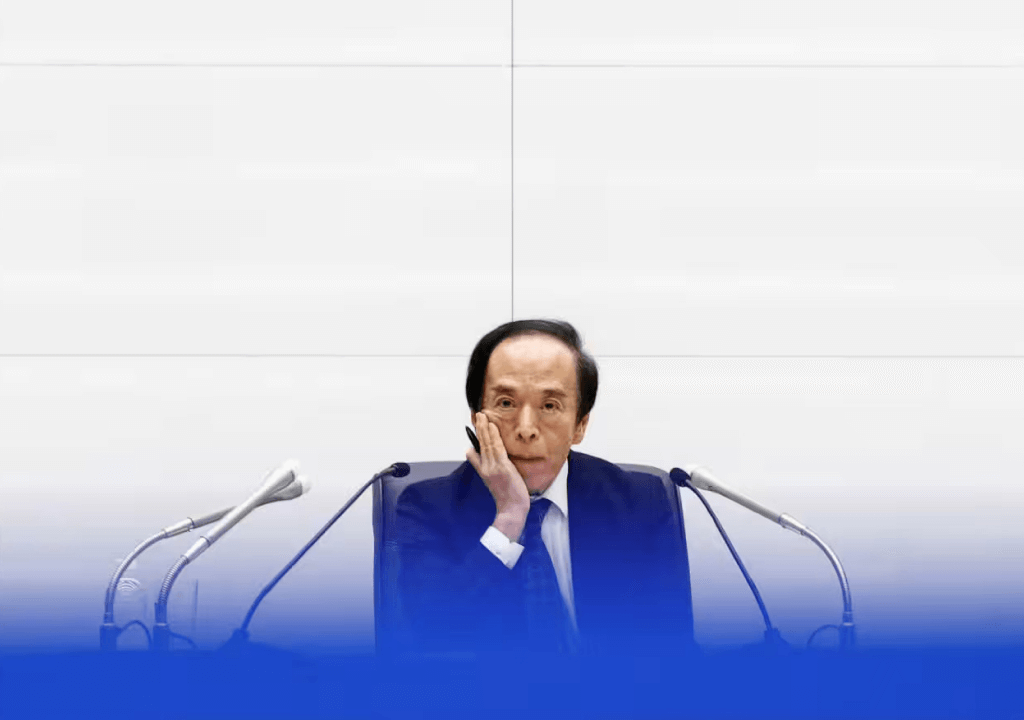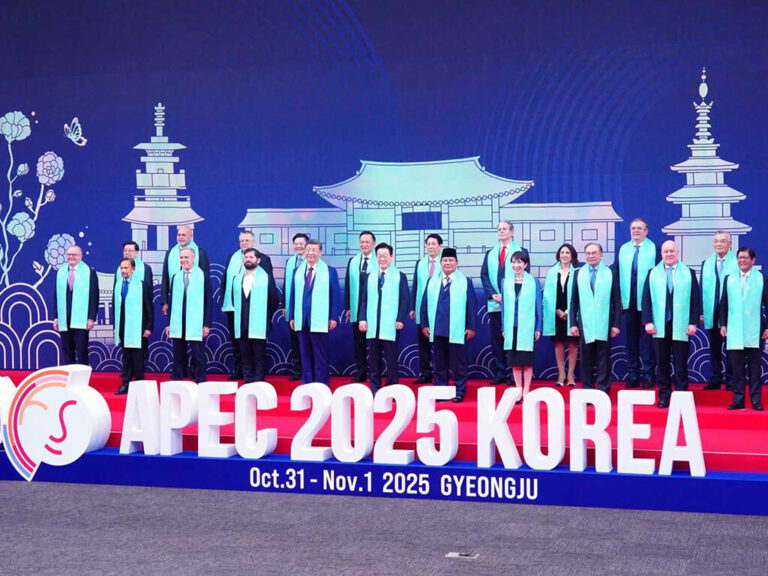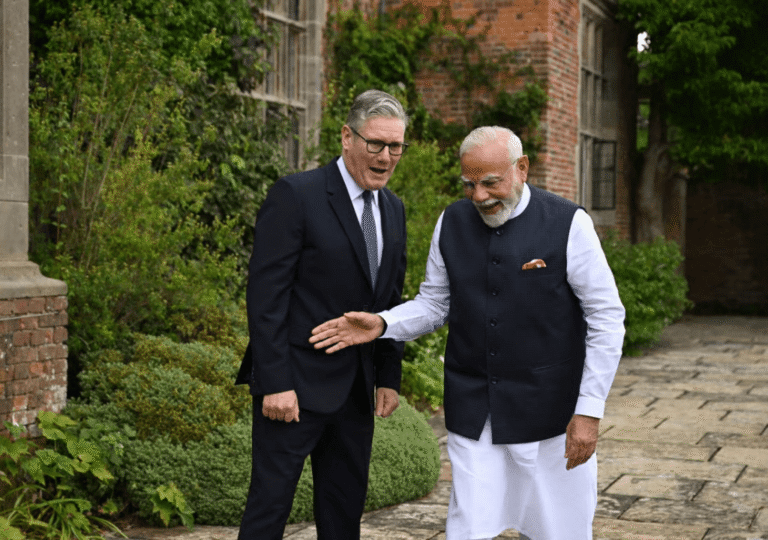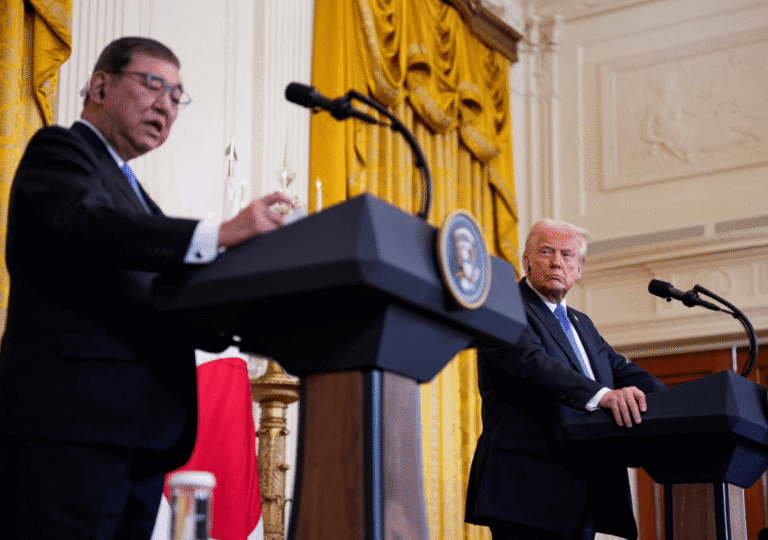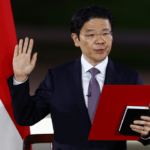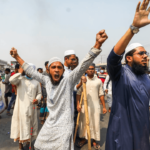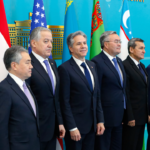In his second term, Trump continues to clash with allies, undermining longstanding partnerships, all while the global political landscape grows ever more volatile. Against this backdrop, Japan’s Prime Minister, Shigeru Ishiba, visited Washington last week, seeking to reaffirm the U.S.-Japan alliance. Their first meeting struck a notably cordial tone, with Japan—at least for the time being—avoiding the tariffs Trump has imposed on other allies. But as Trump pushes for greater reciprocity, Tokyo may soon find itself facing the harsher, more transactional aspects of his foreign policy.
The meeting was marked by a cordial exchange of praise between the two leaders at the White House, where they pledged solidarity in the face of Chinese “aggression” and unveiled a resolution to a stalled deal involving the troubled U.S. Steel. However, Trump also pressed Ishiba to address the U.S. trade deficit with Japan, warning that Tokyo could still face tariffs on its exports if it did not meet that demand. Despite Japan’s role as a steadfast U.S. ally and a key player in managing the escalating tensions between China and the U.S. in the region, the central theme of their discussions remained Trump’s “America First” policy.
During Trump’s first term, the U.S.-Japan relationship flourished, strengthened by the close rapport between Trump and Japan’s former Prime Minister Shinzo Abe. Ishiba, a self-proclaimed “geek” and warship enthusiast, has been under pressure to emulate the strong ties that Trump shared with Abe. Both leaders claimed to have formed a connection during what was only the second visit by a foreign leader in Trump’s second term. Ishiba, a proponent of an Asian NATO and increased U.S. involvement in the region, now finds himself contending with a president who has consistently criticized NATO spending and threatened to cut security support to allied nations.
Trump also made a significant announcement that Japan’s Nippon Steel would make a major investment in U.S. Steel, though it would not proceed with the original plan to take over the struggling company. Instead of a full acquisition, the focus would be on a strategic investment. This shift came after his predecessor, Joe Biden, had blocked the deal, underscoring Trump’s distinct approach to international business. While this move raised questions about the stability of the U.S.-Japan relationship, it also signaled Japan’s growing investments in the U.S., especially in light of its own demographic challenges. Many speculate that Trump’s show of support is linked to Japan’s commitment to a $1 trillion investment in the U.S. and its promise to increase purchases of U.S. defense equipment. Ishiba emphasized that Japan is already the largest foreign investor in the U.S. and would continue to ramp up its spending.
Trump and Ishiba agreed to address what they termed “Chinese Economic Aggression,” and in a joint statement, they condemned Beijing for its “provocative activities” in the contested South China Sea. They also reiterated their call for a denuclearized North Korea, though Trump—who had previously met with Kim Jong-un during his first term—expressed a desire to maintain “relations” with Pyongyang.
Thus far, Trump has imposed tariffs on China, briefly extended them to Mexico and Canada before pausing the measures for a month, and vowed to impose tariffs on the European Union. He has also hinted at announcing unspecified “Reciprocal Tariffs” in the coming week. Should the EU face pressure, Japan may no longer enjoy the same guarantees of protection it once did. While Trump’s personal friendship with Abe had been a factor in their prior rapport, it may not carry the same weight in his second term, where he appears more resolute. In the end, only Trump can predict whether the waters ahead will be stormy or smooth for Japan in the years to come.

